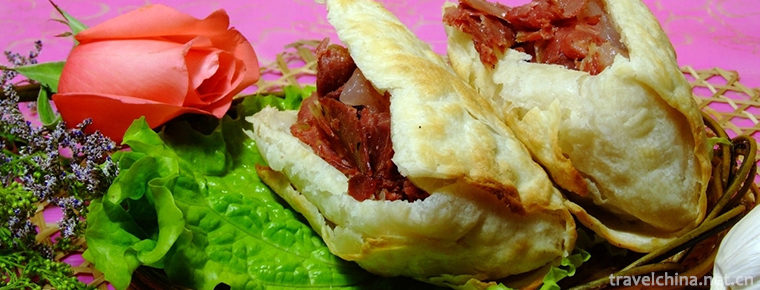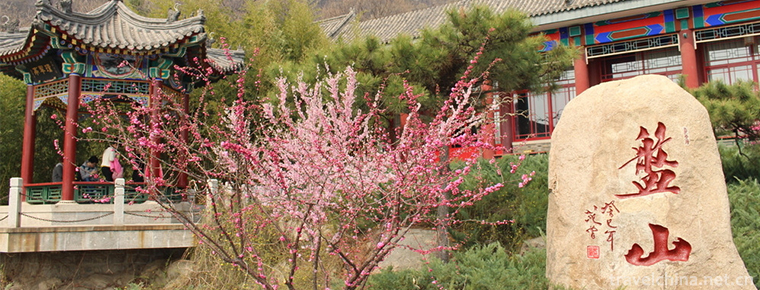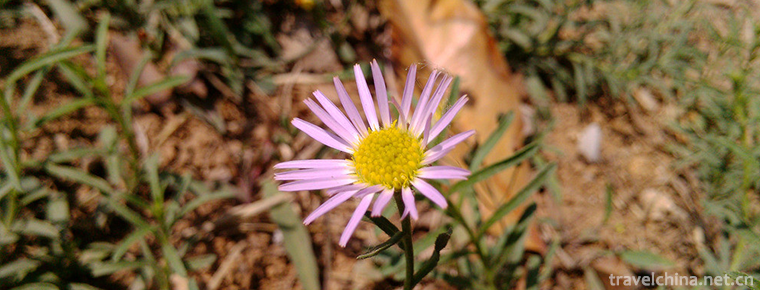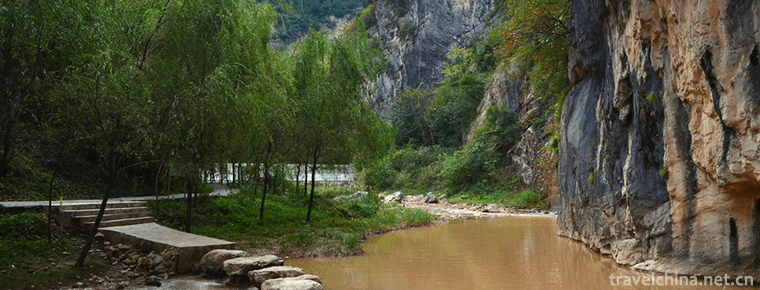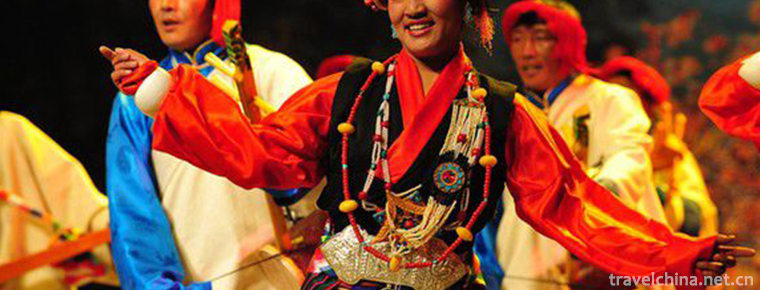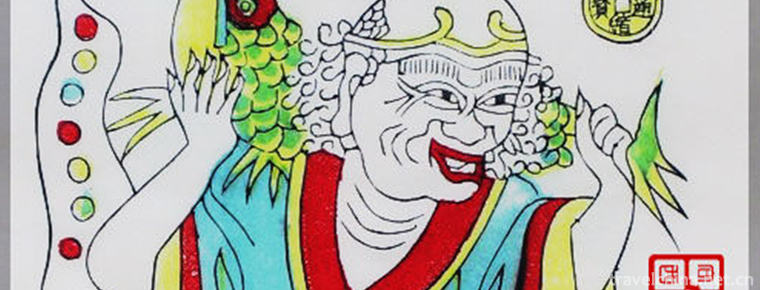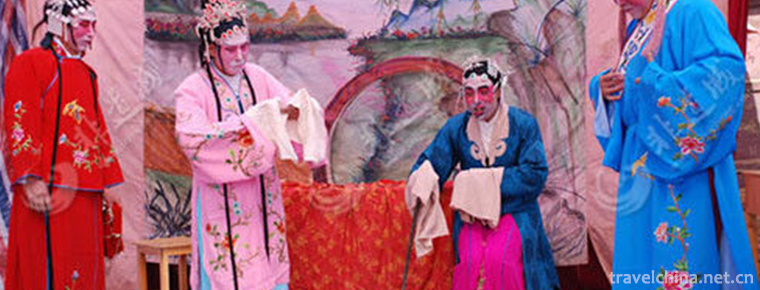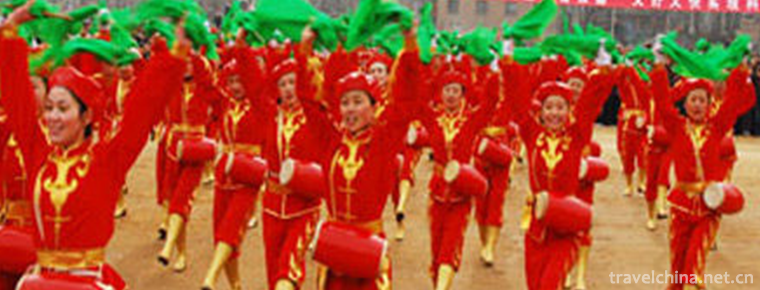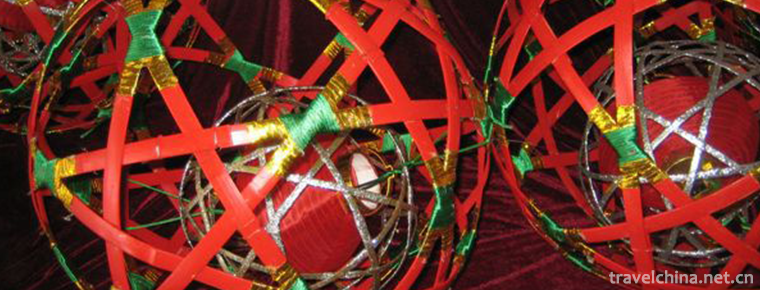Nanhai Temple
Nanhai Temple, also known as the Polo Temple, is a place where ancient Chinese laborers worship the sea. Located in Miaotou Village, Huangpu District, Guangzhou, it is the only architectural relic left in the four sea temples of ancient China, the place where ancient emperors worship sea gods, and an important historical site of ancient foreign trade in China (Guangzhou is the origin of the "Silk Road" on the sea). It was founded in the 14th year of Kaihuang in Sui Dynasty (594), and has a history of 1400 years. The building is large in scale, magnificent in momentum, delicate in decoration and ingenious in conception, which radiates the spirit, temperament and charm of Chinese traditional culture.
The South China Sea Temple is the only one of the four largest and most complete sea temples in China. It plays an important role in foreign trade and trade. It is also a historical witness and important historical relic of foreign trade and one of the birthplaces of the ancient maritime Silk Road. The ancient temple is located at the mouth of the Pearl River. When Chinese and foreign ships enter and leave Guangzhou, they are required to worship the South China Sea God in the temple to pray for safety and smooth sailing. Since the Sui and Tang Dynasties, emperors of all dynasties sent officials to Nanhai Temple to hold sacrifices, leaving many precious inscriptions, known as the "Southern Stele Forest".
Opening Hours
The opening time is 8:30-18:0 on March 7. During the temple fair, the business hours of Gourmet Square are 9:00-21:00.
Traffic information
Bus family
Take buses B1, B1 Express, B26, B 28, B 29, B 30, B 31 and night 41 to get off at Nanhai Temple Station. Walk about 300 meters along the West Road of the power plant to Nanhai Temple (Simon). Two temporary bus lines (Nanhai Temple to Nangang General Station and Nanhai Temple to Wenchong Metro Station) were added during the Folk Culture Festival.
Metro family
Take Metro Line 13 to Nanhai Temple Station.
Self driving
Tourists from Tianhe direction in Guangzhou can follow Zhongshan Avenue eastward along Huangpu East Road or Guangyuan Expressway eastward, exit from Fengle South, turn left from Fengle Middle Road to Huangpu East Road to Nanhai Temple.
Historical records
On the west side of the South China Sea Temple, there is a small hill called Zhangqiu in ancient times. There is a pavilion on the mountain about 10 meters high. In Tang and Song Dynasties, it was surrounded by water on three sides, "facing the sea, boundless". People standing in pavilions, of course, was the best place to enjoy the sea scenery and express their feelings about the sea.
According to the relevant historical records, there were 108 steps on this hill in ancient times, but now there are only 72 steps left. Here is the Lion Ocean, vast smoke, the night gradually recedes, the red clouds appear, 10000 hectares of Bibotton is dyed with a layer of golden light, a red sun from the sea Ran.
At the time of rising, half of them were still in the sea, swallowing and hesitating, which was a spectacular scene - Fuxu Bath Day, one of the eight sceneries of Yangcheng in the Song and Yuan Dynasties. No wonder there were many literati and ink travelers who liked to sail here at dusk after visiting the temple of the South China Sea. They did not boarded the ancient pavilion until dawn the next day to watch the sunrise.
In the early years of Shaosheng in the Northern Song Dynasty (1094), Su Dongpo, a great literary hero, was demoted to Lingnan and stopped in Guangzhou to worship the South China Sea God. He boarded the bathing sun Pavilion and marveled at the magnificence of the sea, the brilliance of the sun, the vastness of heaven and earth, and the simplicity of the temple. He wrote the poem "bathing sun Pavilion in the South China Sea" with his life experience: "Swords are flying in the night, and the brilliance vanishes into the Yellow Bay. Sit and watch? Golden halo in Gufu, think of the snow mountain in Qiantang Yongxue. Zhengjue desolate Su disease bone, more troubled wash fading face. Suddenly the bird moved the pedestrians and flew up to a thousand peaks between the emeralds.
Poetry is due to pavilion, Pavilion is also due to poem power. A good man carved the poems sung by Su Dongpo on the stone tablets as a souvenir. In the stele pavilion, the pavilion is also called the bathing sun pavilion. Later, more and more scholars came to enjoy the "Bath Day in the Sea" (because the temple was called the Polo Temple in ancient times, so it was also called the "Bath Day of the Polo"), and left many poems that corresponded with Su Dongpo. One of the most famous poems is Chen Xianzhang's Bath Day Pavilion and Su Dongpo Yun. The poem reads like this: "The crescent moon has no light water to shoot the sky, and the fishing boats count to the bay. Chiteng empty sky yesterday, where the vast green mountains. Gu Yingfu must be sad crane hair, negative can offer dragon Yan. Who can hold the sun and go, scatter into the mountains and valleys."
Later generations will also chisel Chen Xianzhang's poems and erect monuments. Now the two poetry tablets coexist in the pavilion.
Nanhai Temple is a historical old man who witnessed the origin of the Silk Road on the Sea in Guangzhou since the Western Han Dynasty. The Temple is indeed a microcosm of the prosperity of Guangzhou's foreign traffic and trade. It integrates religion, ancient architecture, calligraphy, sculpture, literature and art, and has high historical and tourist value.

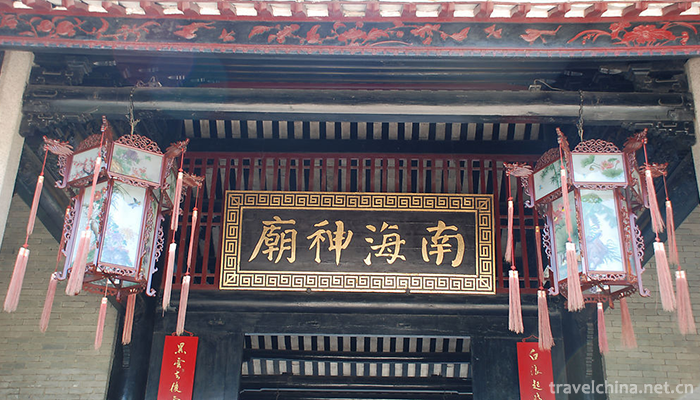
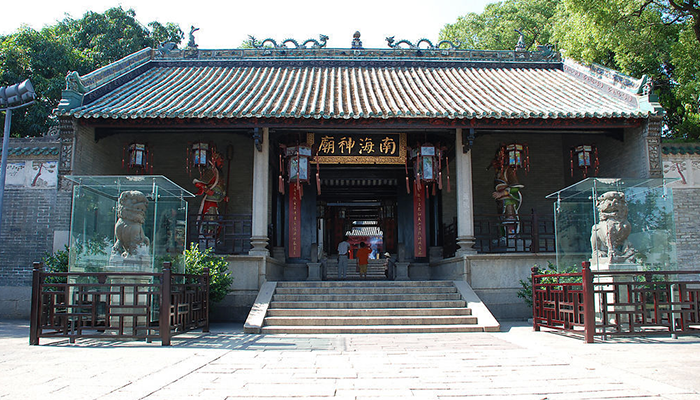
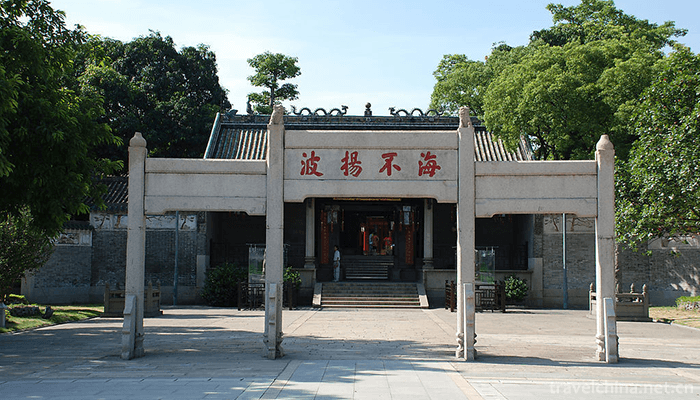
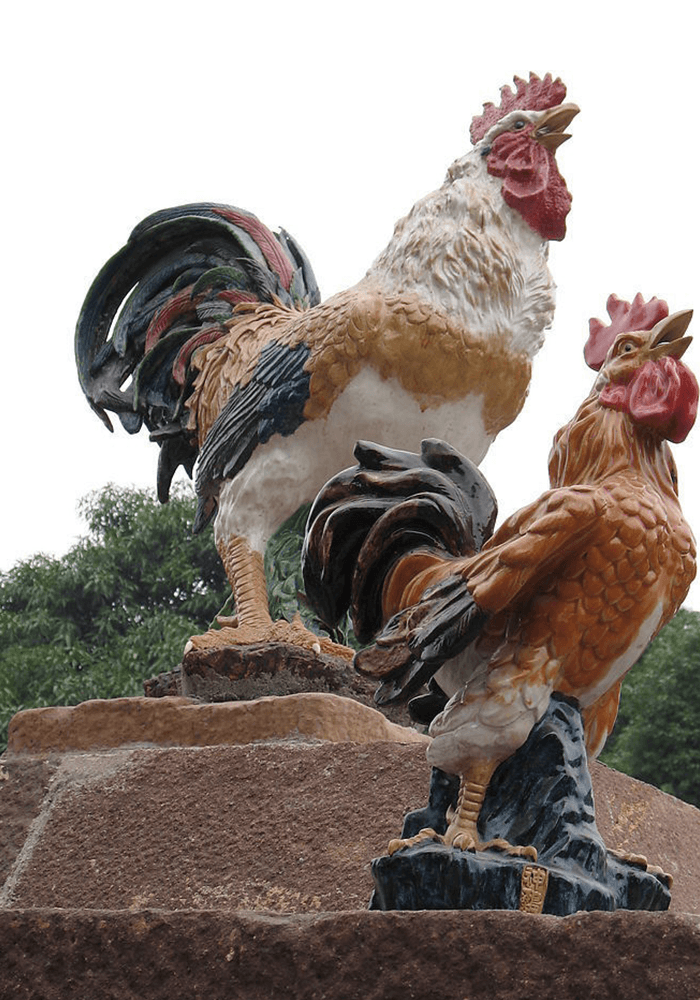
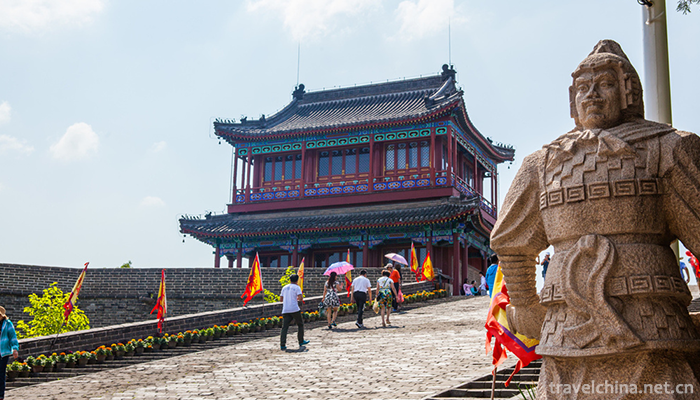
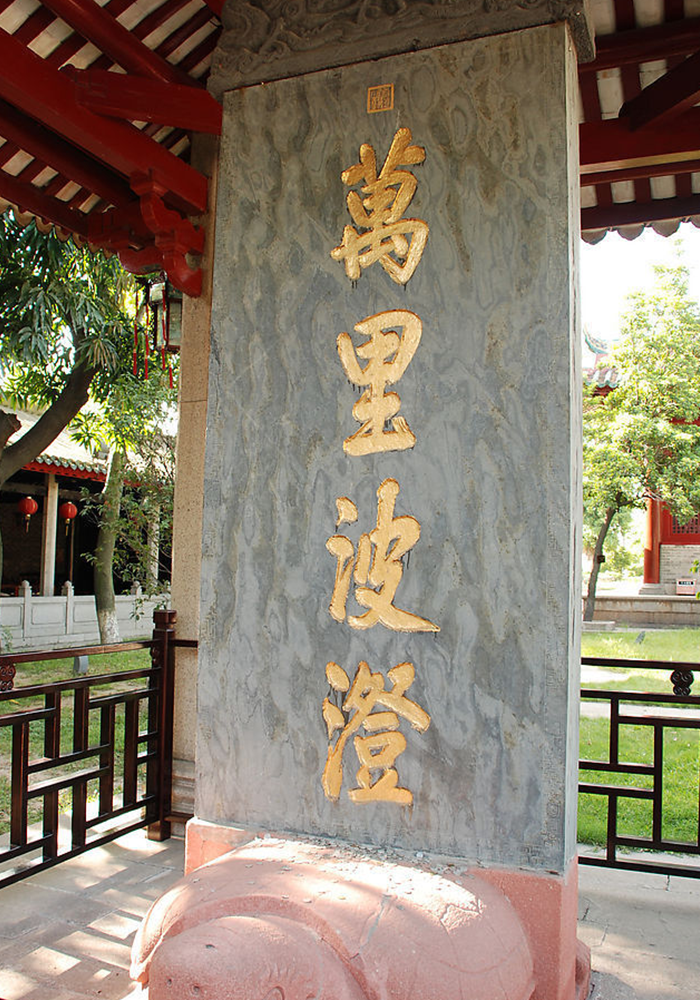
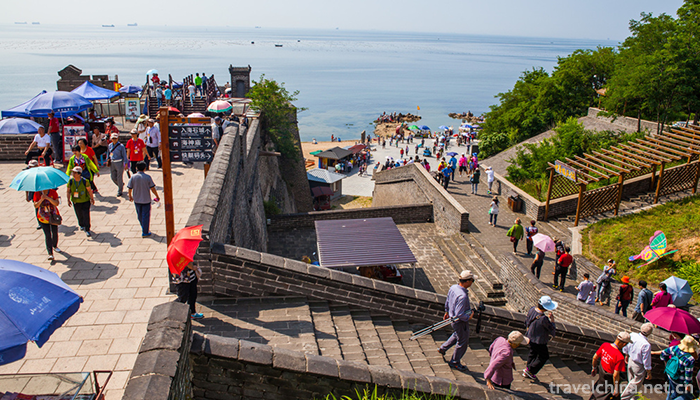
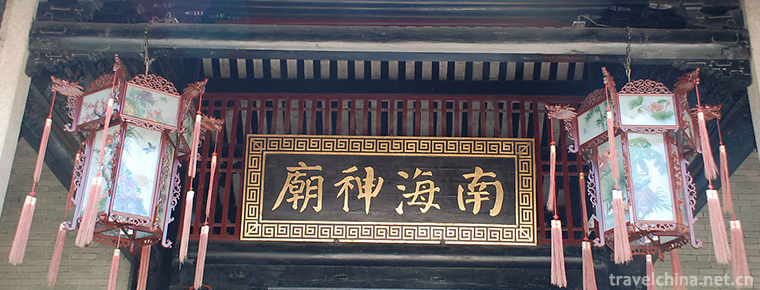
Nanhai Temple
-
Donkey HamBurger
Donkey HamBurger is a popular traditional snack in North China. It originated in Baoding. Widely spread in the central Hebei Plain, the brine good donkey meat adds the old soup to join the crispy fire
Views: 249 Time 2018-11-07 -
Tianjin Panshan Scenic Area
Tianjin Panshan Scenic Area, located 15 kilometers northwest of Jixian County, Tianjin City, covers an area of 106 square kilometers
Views: 226 Time 2018-11-24 -
Privacy Policy
We takes users' information safety and privacy as our lifeline. Based on our basic principle "Users' needs are our first priority", we are committed to enhancing the transparency of informat
Views: 1678 Time 2018-12-08 -
Hepeishan National Forest Park
Hepeishan National Forest Park is located in Zouping County, Binzhou City, Shandong Province, at the junction of Zouping County and Zhangqiu County. The total area of the park is 480 hectares
Views: 145 Time 2019-01-13 -
Xigaosong Scenic Spot
Xiqiaosong Scenic Area is located at the foot of Tianjing Mountain, 13 kilometers west of Chengxian County, in the middle of Yuqiaoxia, a national AAAA-level tourist attraction
Views: 208 Time 2019-02-25 -
Definite day harmonics
Dingriluo Harmony Dingriluo Harmony, the second batch of national intangible cultural heritage list of the People's Republic of China. It is the main form of folk singing and dancing in Dingri County
Views: 204 Time 2019-04-27 -
Fengxiang Wood Engraving New Year Picture
Woodblock New Year Painting is a traditional folk art form with a long history in China. Fengxiang Woodblock New Year Painting is a major school of Chinese traditional folk New Year Painting.
Views: 237 Time 2019-04-29 -
Brow tune
Meihu Opera is a local traditional drama in Shaanxi Province. From the development of the floor stall rap and social fire, the floor stall and social fire performances always focus on singing. Its act
Views: 177 Time 2019-06-01 -
Sun Bin quan
Sun Bin Quan is an ancient and rare traditional boxing in Shandong Province. Its connotation is broad and profound, which was created by Sun Bin, a military strategist in the Spring and Autumn Period
Views: 192 Time 2019-06-17 -
Yicheng Flower Drum
Yicheng Huagu, according to historical records, existed during the Zhenguan period of the Tang Dynasty, reached its peak in the Ming Dynasty, and only in the Qing Dynasty did this activity have a clea
Views: 214 Time 2019-07-13 -
Yuhang Rolling Lamp
Yuhang Rolling Lamp is a kind of Han folk dance which combines athletics, martial arts and dance. It is made of bamboo pieces of large sphere as the main props, in the center of the sphere of bamboo k
Views: 165 Time 2019-07-14 -
Neijiang climate
Neijiang City belongs to subtropical humid monsoon climate. Affected by the basin and the natural environment, it has the characteristics of mild climate, abundant rainfall, sufficient light and heat, and long frost free period. It is warm in winter and hot in summer,
Views: 309 Time 2020-12-16
